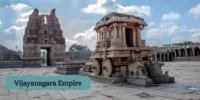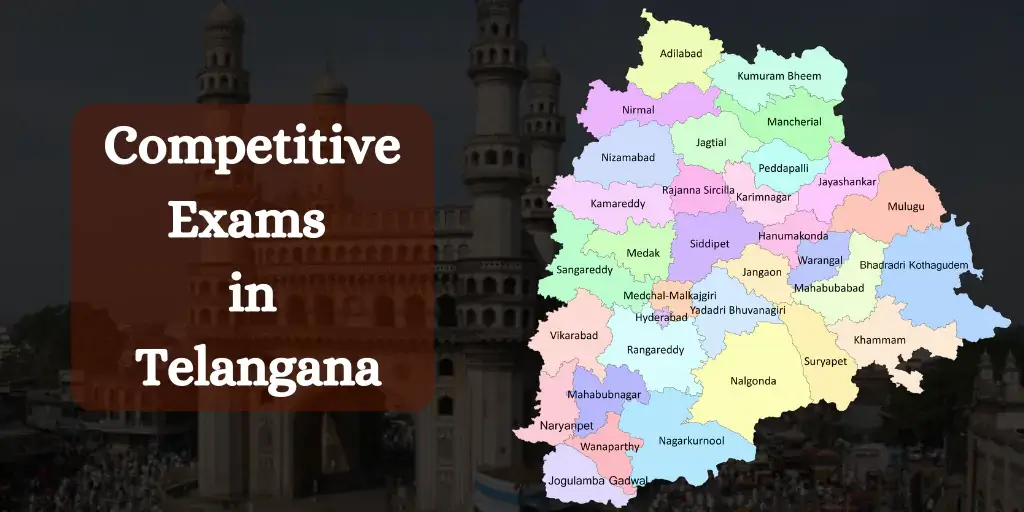Ever wondered how a minor ruling family rose to command trade routes stretching from Rome to China over 2,000 years ago? That’s the Satavahana dynasty for you – ancient India’s underdogs turned maritime superstars.
Stick around and you’ll discover how these clever rulers built an empire that lasted nearly four centuries, all while keeping those pesky Kushanas and Indo-Greeks at bay.
The Satavahana dynasty didn’t just rule territories – they revolutionised trade across the Indian subcontinent, connecting rural villages to global markets with sophisticated manufacturing and commerce networks. This blog is useful for RRB Exams and Competitive Exams.
But here’s the real mystery – how did a dynasty that started around 100 BCE as feudatories manage to outlast almost every contemporary power? Their secret weapon might surprise you…
1. Origins and Foundation of the Satavahana Dynasty
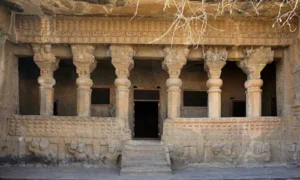
A. Mythical origins and early records
The Satavahana Dynasty’s origins blend myth with history. Early Puranic texts mention them as Andhra kings, descendants of the legendary King Satvahana. Some inscriptions claim they’re from the Brahmin caste, though archaeological evidence remains limited.
B. Emergence from the Mauryan Empire’s collapse
After Ashoka died in 232 BCE, the Mauryan grip weakened. The Satavahanas seized this power vacuum, establishing control over the Deccan. Simuka, the first recognised ruler, began building what would become one of ancient India’s most influential dynasties.
2. Timeline and Major Rulers
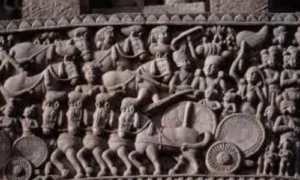
A. Simuka and the dynasty establishment
Simuka, the first Satavahana king (230-207 BCE), broke away from Mauryan control to establish independent rule in the Deccan. His strategic vision laid the foundation for what would become one of India’s most influential ancient dynasties.
B. Satakarni I’s territorial expansions
Satakarni I expanded the kingdom dramatically, conquering western Malwa and establishing control over trade routes connecting northern and southern India. His marriages with neighbouring royal families cemented crucial political alliances that strengthened Satavahana control across the Deccan plateau.
3. Territorial Expansion and Political Strategy

A. Conquests in Central and Southern India
The Satavahana rulers expanded their kingdom aggressively across the Deccan plateau. Gautamiputra Satakarni, their most famous king, reclaimed territories from the Western Kshatrapas and pushed boundaries into central India, establishing dominance from coast to coast.
B. Military tactics and administration
Satavahana military relied on infantry, cavalry, and war elephants—a combination that overwhelmed their opponents. Their administrative genius showed in how they balanced local autonomy with central control, appointing governors (amatyas) while respecting regional customs and traditions.
4. Economic Prosperity and Trade Networks
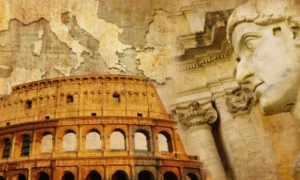
A. Maritime trade with the Roman Empire
The Satavahanas struck gold with their Roman Empire connections. Massive hoards of Roman coins found at ports like Arikamedu prove they weren’t just casual traders. They exported spices, textiles, and gemstones that Roman elites couldn’t get enough of, while importing luxuries like wine and metals.
B. Connections with Southeast Asian kingdoms
Their trading network didn’t stop at Rome. The Satavahanas built impressive relationships with Southeast Asian kingdoms, too. Archaeological evidence shows the vibrant exchange of goods and cultural ideas between the Deccan and kingdoms like Funan, creating a trade web spanning from the Mediterranean to the South China Sea.
5. Cultural and Artistic Contributions
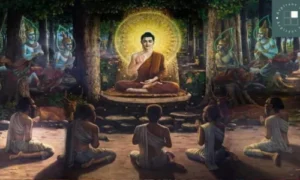
A. Patronage of Buddhism and Hindu traditions
The Satavahana rulers were famous for their religious tolerance, supporting both Buddhism and Hindu traditions equally. They funded massive stupa constructions while also building Hindu temples, creating a unique cultural blend across the Deccan region.
B. Amaravati and Nagarjunakonda art
Buddhist art flourished under Satavahana patronage, with Amaravati and Nagarjunakonda becoming major artistic centres. Their sculptors mastered narrative relief work, depicting Buddha’s life stories through intricate carvings that influenced Indian art for centuries.
6. Social Structure and Administration
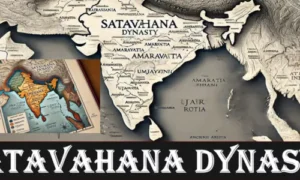
A. Governance systems and provincial organisations
The Satavahana administration divided its territory into janapadas (provinces) governed by appointed officials called amatyas. These local governors reported directly to the king while maintaining some autonomy in daily affairs. Village headmen handled community matters, creating a multi-tiered system that balanced central control with local governance.
B. Role of women in the Satavahana court
Women enjoyed remarkable status in Satavahana society. Queen Naganika and Queen Gautami Balasri wielded significant political influence, even issuing independent inscriptions. Royal women participated in administrative decisions and religious activities, challenging the notion that ancient Indian women were confined to domestic roles.
7. Decline and Legacy
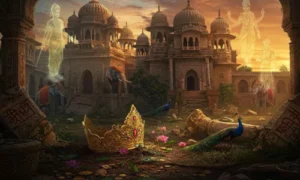
A. Factors contributing to the dynasty’s fall
The Satavahana Dynasty crumbled under mounting pressures from multiple fronts. Western Satraps kept pushing from the northwest, while the mighty Vakatakas and Ikshvakus carved away territories from different directions. Internal squabbles among royal family members didn’t help either, splitting their once-unified command structure.
B. Successor states in the Deccan
After the Satavahanas faded around 220 CE, several smaller kingdoms rushed to fill the power vacuum. The Ikshvakus took control in eastern Deccan, while the Abhiras, Chutus, and later the Vakatakas established themselves across different parts of the former Satavahana territory, each adopting aspects of their predecessors’ administrative systems.
Conclusion
The Satavahana Dynasty stands as one of ancient India’s most significant political powers, leaving an indelible mark on the subcontinent’s history. From their humble origins, the Satavahanas established a formidable empire through strategic territorial expansion and political acumen. Under visionary rulers, they fostered unprecedented economic prosperity by developing extensive trade networks connecting India to Rome, Southeast Asia, and beyond, while their cultural patronage of Buddhism and Hinduism, alongside administrative innovation,s transformed society.
The legacy of the Satavahanas continues to resonate in modern India through archaeological sites, artistic traditions, and political institutions. Their ability to unify diverse regions while respecting local customs offers valuable lessons in governance for contemporary societies. As we reflect on this remarkable dynasty, we appreciate how they shaped not just Indian civilisation but also contributed significantly to global cultural and commercial exchanges during a pivotal period in world history.



